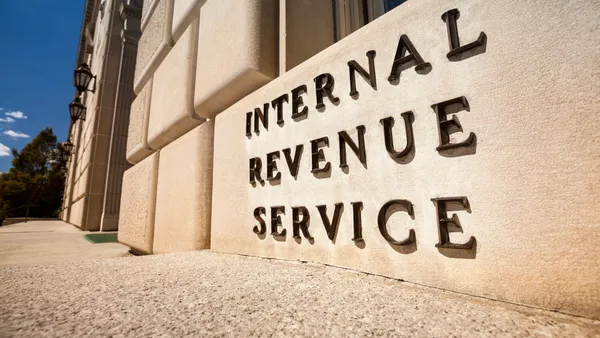Dive Brief:
-
About one in four companies targeted in a ransomware incident in the last year did not get all their data back after paying the attacker, cybersecurity firm Delinea said in a report released Wednesday.
-
Delinea also found that most ransomware today includes data-theft extortion, with 85% of victims saying they were threatened with having their data published or sold.
-
“Paying the ransom doesn’t always bring the desired results,” Delinea said in the report.
Dive Insight:
Ransomware remains one of the most profitable tactics for cybercriminals, with millions of dollars extorted worldwide every year, according to an article published in March by cybersecurity firm CrowdStrike.
With ransomware attacks, criminals use malicious software to prevent companies from accessing their own computer files, systems or networks, and they demand the payment of a ransom to have such access restored. Such attacks can also involve a threat to leak sensitive data to the public internet.
The FBI doesn’t support paying a ransom in response to a ransomware attack, according to an article posted on the agency’s website.
“Paying a ransom doesn’t guarantee you or your organization will get any data back,” the FBI article said. “It also encourages perpetrators to target more victims and offers an incentive for others to get involved in this type of illegal activity.”
A ransomware prevention guide published by the Cybersecurity and Infrastructure Security Agency, a component of the Department of Homeland Security, advises victims to take steps such as notifying law enforcement and restoring data from offline, encrypted backups.
According to Delinea’s research, more than two thirds of surveyed companies experienced a ransomware breach in the last year, and 57% of the targeted companies paid the wrongdoers.
Over half of those surveyed said they went against the advice of government authorities and paid a ransom to speed up their recovery, although fewer U.S. firms paid in 2024 compared with the prior year.
“If extortion is now predominantly focused on information theft, then backing up is a less useful mitigation strategy if used in isolation,” Delinea said. “The emphasis must be on proactive, preventative security that blocks data theft from happening in the first place.”














